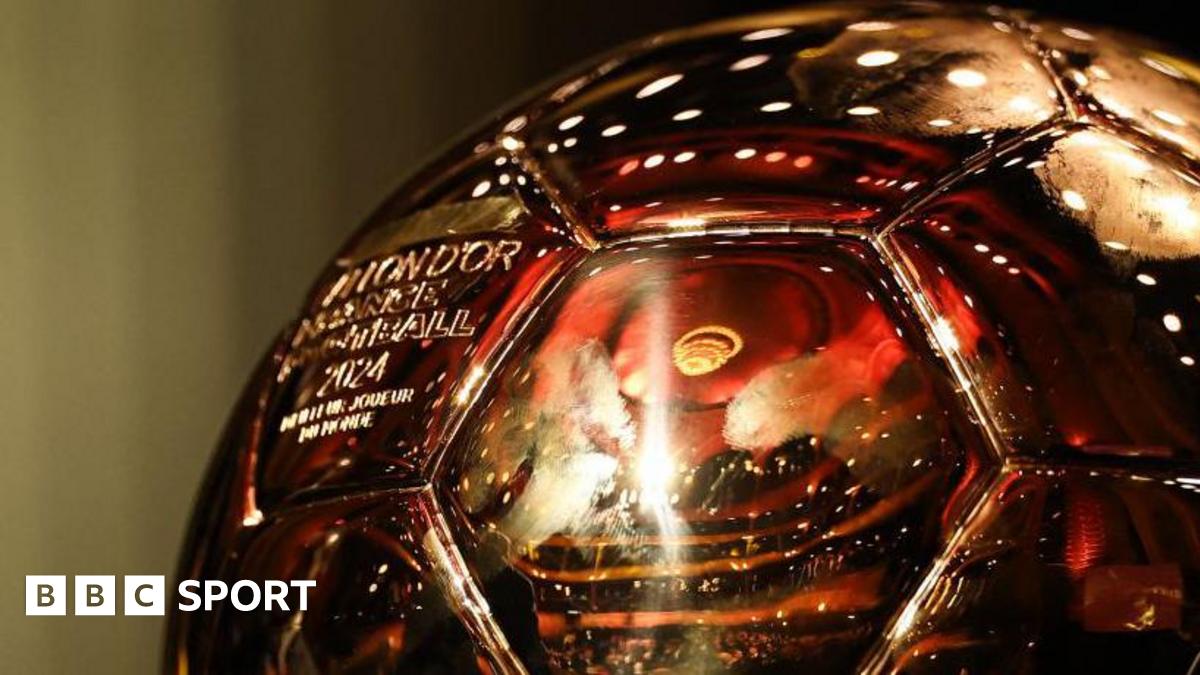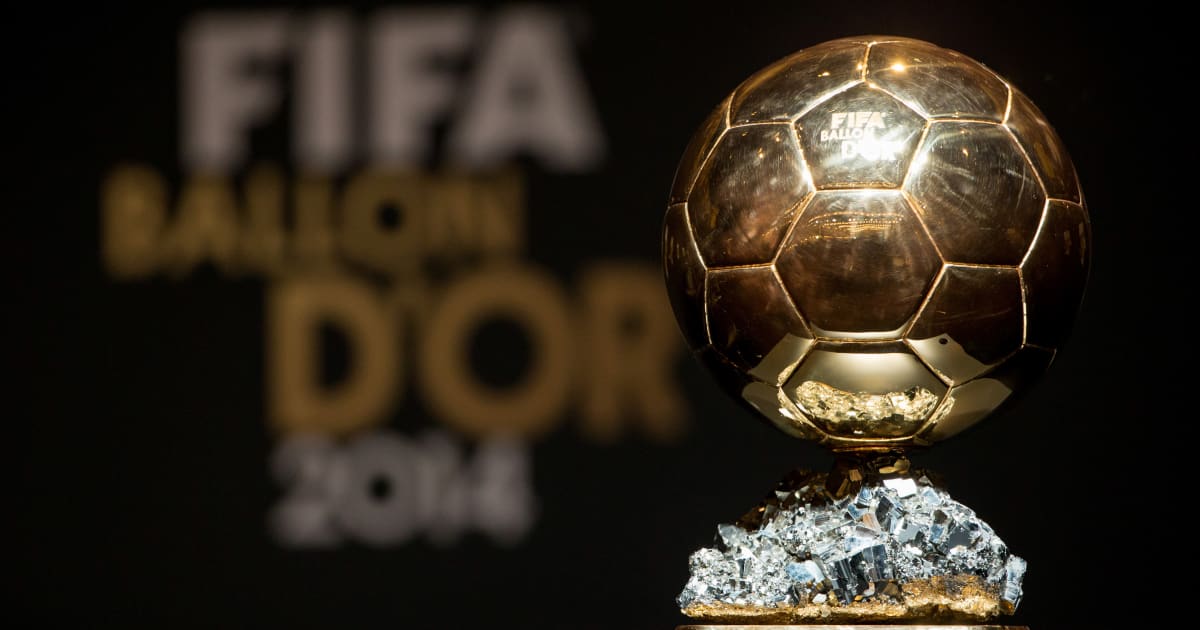Gerry Thornley: Australia silenced all who doubted their place in the Lions’ touring schedule

Hugo Keenan scores the winning try for the Lions during the second Test against Australia at the Melbourne Cricket Ground. Photograph: Morgan Hancock/Getty ImagesWhy, oh why, is there an increasing compunction to rush to judgment? A ball hadn’t been kicked in the Test series and there were calls for the Lions never to tour Australia again. Why not wait and see how the tour and the series pans out? What’s the hurry?Then, after the first Test, the series was written off in some quarters as a done deal. Former players were forecasting the Lions would beat a Joe Schmidt-coached Australia in the second Test by 40 or 50 points, even though Ireland had again struggled to beat them at home last November and the Wallabies had beaten England at Twickenham – no easy task – and walloped Wales.There were also the catalogue of turnarounds in the seven days between the first and second Tests in previous Lions series, plus the return from injury of the hugely influential Rob Valetini and Will Skelton, and a suspicion that the Wallabies would be both less rusty and in do-or-die mode.How will the 2025 Lions be remembered? Listen | 40:08The sceptics were actually rebuffed on both counts. The tour was a huge financial shot in the arm for Rugby Australia and the four ‘home’ nations, as well as a boon for the economy. Over 500,000 people attended the nine matches, not to mention the 50,000 in the Aviva Stadium for the pre-tour game against Argentina, while the three Tests drew 224,000 spectators. That made it the best attended Lions tour ever.True, that was in part down to there being no spectators in the Covid-affected tour to South Africa, so some fans had been saving for eight years. Australia also has the stadiums to satisfy demand and is a great country to visit and tour.In addition to the many ex-pats from Ireland and the UK who reside in Australia, it’s clear that the estimated 40,000 or so who travelled there from these islands had a blast. Australia is a safe, highly efficient country. They could even organise a march in protest against the Israeli government’s actions in Palestine of 90,000-plus people (all the more extraordinary given the heavy rain) on Sydney Harbour Bridge last Sunday with no crowd crush or a solitary arrest.Australia has a host of tourist attractions, great cities and is a culinary delight, albeit some of their drinking restrictions in bars – producing a passport or driving licence and not being allowed to buy a round of even two drinks without both people being present for the order – would never catch on here.Fans during the second Test between the Lions and the Wallabies at the Melbourne Cricket Ground. Photograph: Josh Chadwick/Getty ImagesAfter the 2021 tour, played out in echo chambers, with grim rugby and Rassie’s Rant, the game and the Lions’ brand needed this tour. The visual images and word of mouth experience will only fuel future numbers and feed the machine. And money talks. There might be the odd tweak to the itinerary, in pre-tour or add-in matches, but there’s unlikely to be any veering away from the 12-year rota against the southern hemisphere’s big three, including Australia in 2037.It will be interesting to see how history judges these Lions. Ultimately, their tour was book ended by defeats to teams ranked seventh (Argentina) and sixth (Australia) in the world, and there’s no denying that a tour to South Africa or New Zealand, ranked first and second respectively, would have been tougher.Of course, the margins were tight, and ultimately the defining moment was Hugo Keenan’s brilliant individual finish to a compelling team try across 13 phases to complete the biggest Lions Test comeback in history in the last play of the game in the second Test. For context and quality, it has to be both the try and the defining moment of the tour.And had the shoe been on the other foot, and a winning try by Tom Wright had been ruled out on referral to the TMO for a clearout by Carlo Tizzano on Jac Morgan, many Australians would have been complaining they’d been robbed then too.Australian rugby will also wonder what might have been had Valetini, Skelton and Noah Lolesio been fully fit for all three games. But then the Lions were missing Caelan Doris, and lost Garry Ringrose for all of the series and, like Valetini, Joe McCarthy for all but one of the six Test halves.And having played so well in the first 45 minutes of the first Test, the Lions deserved to win the second after that unprecedented comeback.The 1989 Lions team that recovered from losing the first Test to win the series in Australia did so by physically beating up a more skilful team, and even then required a ridiculously lucky try to win the third Test by a point.Lions head coach Andy Farrell during the team announcement press conference ahead of the final Test against the Wallabies. Photograph: David Davies/PAThe Lions who beat the Springboks 2-1 in 1997 did so despite being outscored by nine tries to three and by accommodating a place-kicker in Neil Jenkins, whereas Andre Markgraaff didn’t. Even then they were indebted to a late Jeremy Guscott drop goal in the second Test before being soundly beaten in the third. The Lions of 2013 were the most convincing, winning the deciding third Test emphatically 41-16.All of which demonstrates that winning a series 3-0 is bloody difficult. Were this Lions team as emphatic series winners as the team of 2013, or can they be judged as good?Probably not. And they probably did need the 3-0 win which Andy Farrell targeted to be considered a great side. Last Saturday’s loss took some of the sheen off these Lions, but the bottom line is that Farrell moulded together a team from four different countries, never an easy challenge, into a series-winning side, and that can never be taken away from them.Another legacy of this tour is that it has whetted the appetite for the 2027 World Cup in Australia, both among home supporters and those in Ireland and the UK. Ireland will also host the Wallabies in a busy November and revisit Australia next summer, before doing so again in 2027. So many of the assistant coaches and 18 players from this tour should be well acclimatised and primed by then.The age profile of key men, such as Tadhg Furlong, Tadhg Beirne, Jack Conan, Josh van der Flier, Jamison Gibson-Park, Bundee Aki and James Lowe, remains a concern. Ireland needs an infusion of younger blood, and some pace and power.But back in 2001, England provided the bulk of the Lions team which lost an epic series to the Wallabies and two years later the bulk of them returned to Australia to beat the hosts in the World Cup final. That last World Cup in Australia remains the only time a European team was crowned champions. You never know.*Survey for Parents/Guardians of Young Rugby Players in IrelandThe IRFU is seeking feedback from parents and guardians of children and teenagers who play amateur rugby. This short survey aims to understand how the new tackle height law is impacting their experience of the game and perceptions of player safety.Click here to complete the survey.









